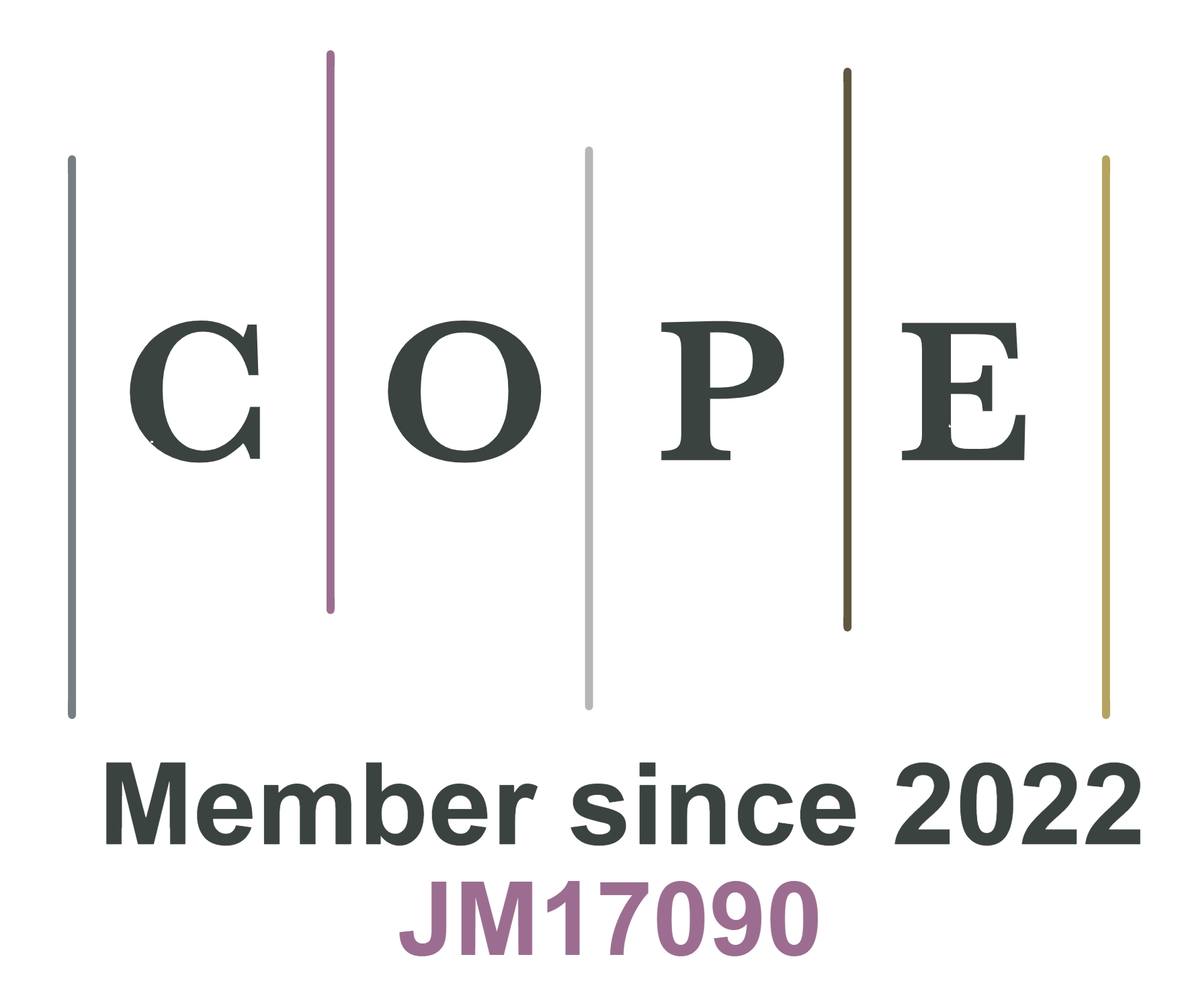Advances of soft robotics for gastrointestinal tract applications
Abstract
Gastrointestinal (GI) robots overcome the limitations of conventional endoscopy, offering a noninvasive and precise approach for diagnosing and treating major GI diseases including colorectal cancer, gastric cancer, inflammatory bowel disease, and peptic ulcers. However, due to the dynamic, tortuous, mucus-rich, and pH-variable environment of GI tract, GI robots face serious challenges in achieving the functions of precise localization, stable operation, and reliable sensing. Leveraging the properties of tissue-matched modulus, adaptive deformation, and bioinspired design, soft robots can conform to the intestinal wall, minimizing mechanical damage and thereby offering new strategies for efficient sensing and treatment of GI diseases. Hereinto, this review presents a comprehensive GI soft robot system by integrating materials, structural designs, actuation modes, and physiological adaptability to achieve multifunctional performance and clinical reliability. Specifically, materials are classified into biocompatible elastomers, smart responsive polymers, and functionalized conductive materials to guide material selection and structural optimization. Subsequently, structural engineering methods including continuous encapsulation designs, modular-reconfigurable architectures, and biomimetic frameworks are introduced, alongside diverse actuation strategies of field-driven, fluid-driven, and chemically driven autonomous mechanisms. Following that, preclinical applications are highlighted as navigation and localization, drug delivery and controlled release, in vivo sensing, as well as minimally invasive manipulation and therapy. In the future, this integrated GI soft robotics technology will fundamentally reshape precision medicine, enabling a more intelligent and personalized therapeutic platform, and driving the evaluation of next-generation GI soft robotics.
Keywords
Soft robot, gastrointestinal, minimally invasive, diagnose and treatment, soft actuators














